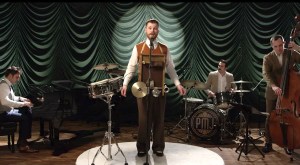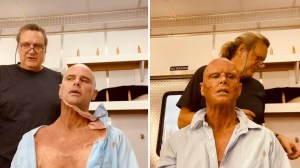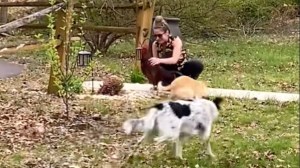In their informative animation “The Chemistry of Champagne,” the web series Reactions explains the history of champagne, how champagne differs from sparkling wine, and how Henry’s Law puts the bubbles in the bubbly.
French law states that grapes from the region of Champagne must be used for a bottle sparkling wine to be called “champagne”, but from a technical perspective champagne obeys another law. Henry’s law. This law states that the pressure of the gas above the solution is proportional to the concentration of gas in the solution. Carbon dioxide gas is at the heart of champagne’s famous bubbly character. In an unopened bottle of champagne, the carbon dioxide dissolved in the wine is in balance, or equilibrium with, the gas in the space between the cork in the liquid. Uncorking releases the gas and throws off the equilibrium. Also, according to Henry’s Law, the dissolved carbon dioxide leaves the champagne via bubbles, which reestablishes the equilibrium.
submitted via Laughing Squid Tips






